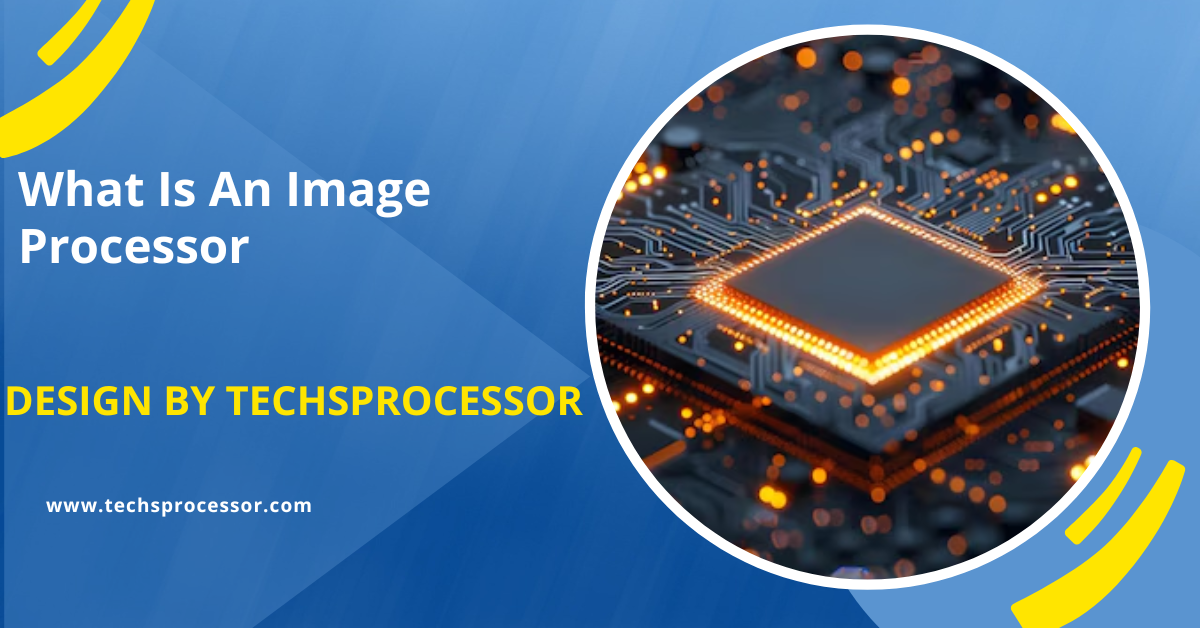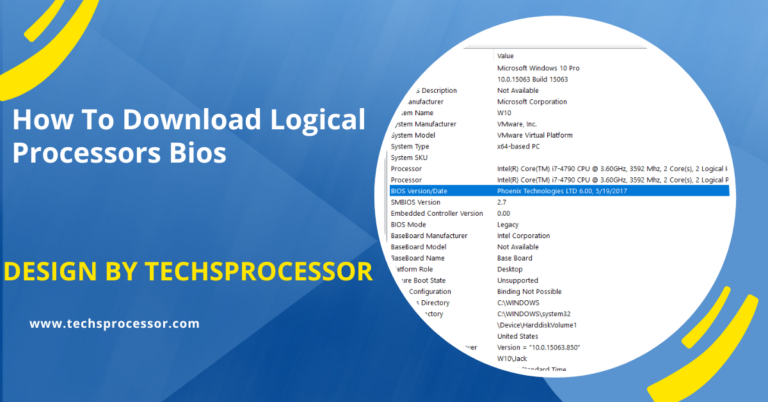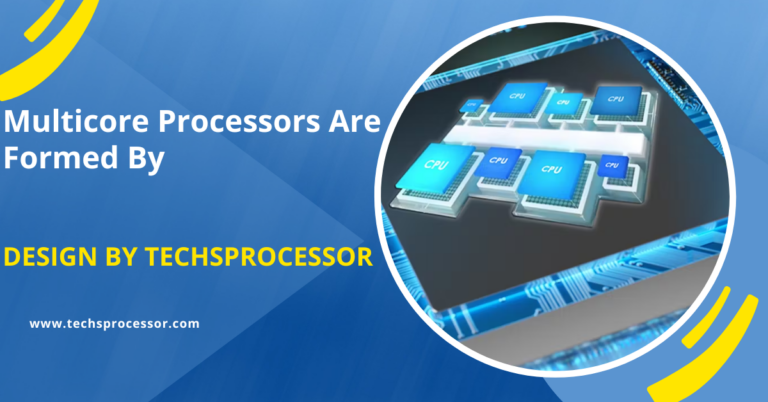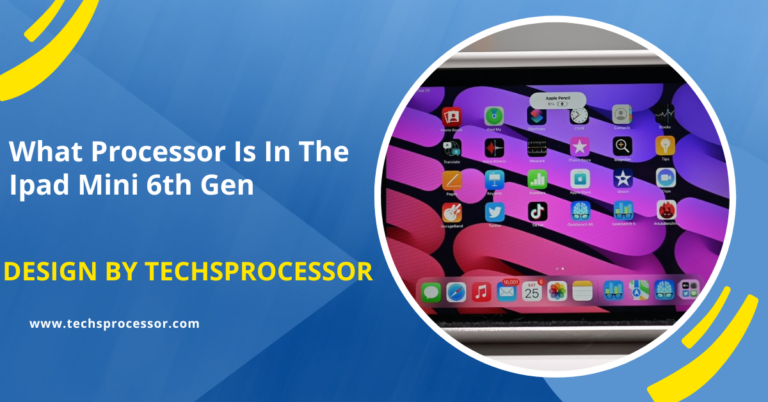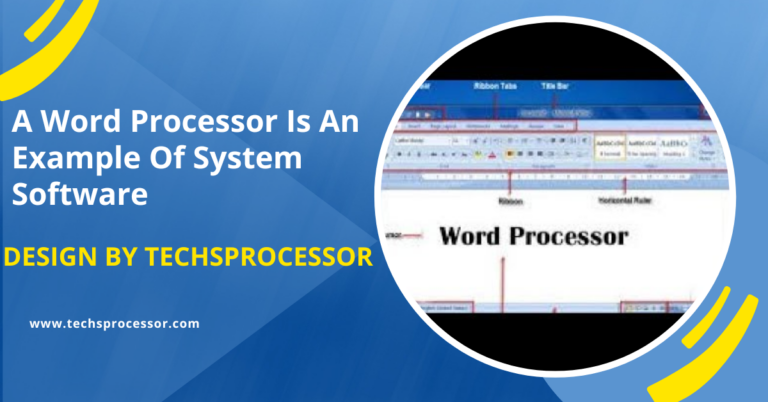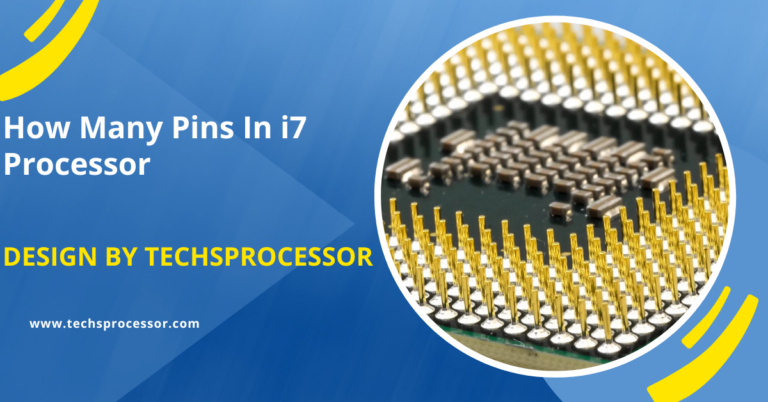What Is An Image Processor – Exploring the Advanced Technologies!
Image processors are specialized hardware or software designed to manage and enhance digital images, playing a crucial role in devices like cameras, smartphones, and medical imaging equipment by ensuring high-quality visuals and improved performance.
Introduction to Image Processors:
Image processors are specialized hardware components or software algorithms designed to manage and enhance digital images.
These processors play a crucial role in various devices, from digital cameras and smartphones to medical imaging equipment and industrial machines. By efficiently handling image data, they ensure high-quality visuals and improved performance in image-related tasks.
Key Functions of Image Processors:
Image processors are integral to modern digital devices, performing several essential functions:
Image Enhancement:
- Noise Reduction: Minimizes unwanted artifacts and graininess in images.
- Contrast Adjustment: Enhances the differences between light and dark areas to improve image clarity.
- Color Correction: Ensures accurate color representation by adjusting the image’s color balance.
Image Compression:
- File Size Reduction: Compresses image data to reduce file sizes without significantly compromising quality. This is vital for storage and transmission.
- Efficient Storage: Facilitates the efficient use of storage space, allowing more images to be stored on a device.
Image Analysis:
- Object Detection: Identifies and classifies objects within an image, essential for applications like facial recognition and autonomous driving.
- Edge Detection: Finds the boundaries of objects within an image, helping in tasks like image segmentation and pattern recognition.
Also Read: Batteries Are Used In A Plc’s Processor To – A Complete Guide!
Real-Time Processing:
- Fast Processing Speeds: Handles high-speed image data processing, crucial for video recording and streaming.
- Low Latency: Ensures minimal delay, providing real-time feedback and image adjustments.
Types of Image Processors:
Image processors can be broadly categorized into two types: hardware-based and software-based.
Hardware-Based Image Processors:
- Dedicated Chips: These are custom-designed chips specifically for image processing tasks. Examples include the Image Signal Processor (ISP) found in smartphones and digital cameras.
- Field-Programmable Gate Arrays (FPGAs): These are reconfigurable hardware devices that can be programmed for specific image processing tasks, offering flexibility and high performance.
Software-Based Image Processors:
- Algorithms: These are sets of instructions executed by general-purpose processors (CPUs) or graphics processing units (GPUs) to perform image processing tasks.
- Libraries and Frameworks: Software libraries like OpenCV provide a wide range of image processing functions that can be integrated into various applications.
Applications of Image Processors:
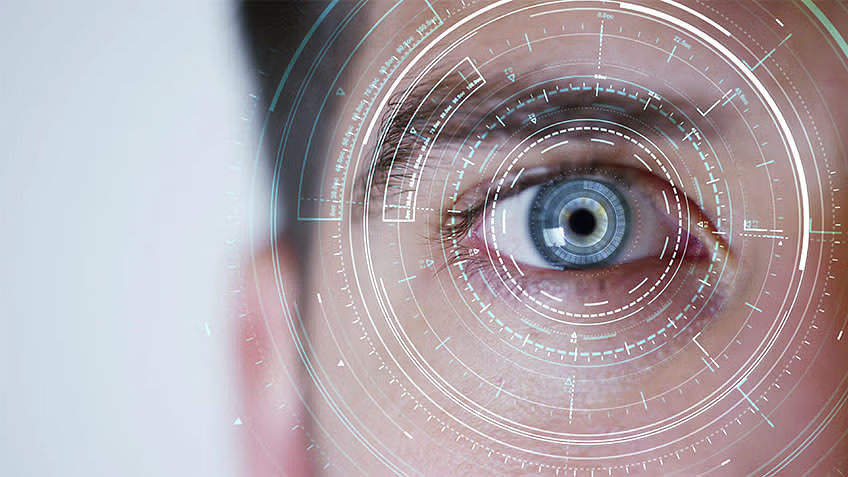
Image processors are used across numerous fields, enhancing functionality and performance in various applications:
Consumer Electronics:
- Smartphones: Enhance camera performance, enabling features like HDR, portrait mode, and low-light photography.
- Televisions: Improve image quality through upscaling and motion smoothing technologies.
Medical Imaging:
- Diagnostic Tools: Enhance the clarity of medical images, aiding in accurate diagnosis and treatment planning.
- Real-Time Analysis: Enable real-time image processing for procedures like ultrasound and MRI.
Automotive Industry:
- Driver Assistance Systems: Process images from cameras to detect lanes, obstacles, and traffic signs, contributing to vehicle safety.
- Autonomous Vehicles: Facilitate the perception system by analyzing the surrounding environment in real-time.
Industrial Automation:
- Quality Control: Inspect products on assembly lines for defects or deviations from standards.
- Robotics: Enable machine vision systems to guide robotic arms in tasks like assembly and sorting.
Advantages of Image Processors:
The use of image processors offers several advantages:
Improved Image Quality:
Advanced algorithms and dedicated hardware ensure that images are processed with high fidelity, resulting in superior visual quality. Techniques like noise reduction, contrast adjustment, and color correction work together to enhance image clarity, sharpness, and color accuracy.
These improvements are crucial for various applications, from professional photography to medical imaging. By leveraging sophisticated image processing methods, devices can deliver exceptionally detailed and lifelike visuals.
Also Read: Amd Ryzen 5 3rd Gen Processor List – Discuss Performance, Efficiency, and Affordability Explained!
Efficient Resource Usage:
Image processors optimize computing resources, allowing devices to handle complex image tasks without significant performance degradation. Specialized hardware such as ISPs and FPGAs efficiently executes image processing algorithms, reducing the computational load on general-purpose CPUs.
This optimization is essential for applications requiring real-time processing, like live video streaming and augmented reality. Efficient resource usage ensures high performance and responsiveness, even with high-resolution images.
Enhanced User Experience:
By enabling features like real-time image enhancement and fast image analysis, image processors contribute to a smoother and more responsive user experience. Real-time processing allows for immediate adjustments to images, improving applications like video conferencing and live streaming.
Fast image analysis supports advanced functionalities like facial recognition and augmented reality, enabling intuitive and efficient device interaction. Reduced processing latency ensures seamless performance across visually intensive applications.
Versatility:
Image processors can be tailored for specific applications, making them versatile tools in various industries, from consumer electronics to healthcare. In consumer devices, they enable features like HDR imaging and 4K video recording, while in healthcare, they enhance the clarity of medical images for accurate diagnostics.
The automotive industry uses image processors in ADAS and autonomous vehicles for real-time environmental analysis. Their adaptability drives innovation and enhances performance across diverse applications.
FAQ’s
1. What is an image processor?
An image processor is a specialized component or software designed to manage and enhance digital images.
2. What are the key functions of an image processor?
Key functions include image enhancement, image compression, image analysis, and real-time processing.
3. What does image enhancement involve?
Image enhancement involves noise reduction, contrast adjustment, and color correction to improve image quality.
4. Why is image compression important?
Image compression reduces file sizes, facilitating efficient storage and transmission of images.
5. How does image analysis work?
Image analysis identifies and classifies objects within an image, essential for applications like facial recognition and autonomous driving.
6. What are the types of image processors?
Image processors can be hardware-based (dedicated chips, FPGAs) or software-based (algorithms, libraries).
7. What role do image processors play in consumer electronics?
In consumer electronics, they enhance camera performance in smartphones and improve image quality in televisions.
8. How are image processors used in medical imaging?
They enhance the clarity of medical images and enable real-time image processing for diagnostic tools and procedures.
9. What advantages do image processors offer?
Advantages include improved image quality, efficient resource usage, enhanced user experience, and versatility in various applications.
10. Why are image processors essential in automotive and industrial applications?
In automotive, they support driver assistance systems and autonomous vehicles. In industrial automation, they enable quality control and machine vision systems.
Conclusion
Image processors are indispensable components in the digital world, enhancing image quality, enabling real-time processing, and supporting advanced functionalities across multiple fields. Whether implemented as dedicated hardware or sophisticated software algorithms, these processors play a vital role in delivering high-quality visual experiences and efficient image management.
